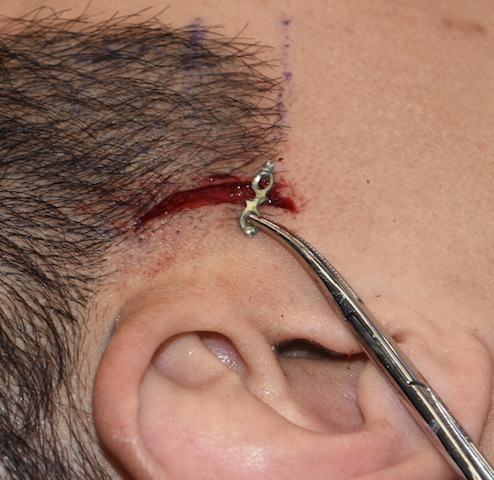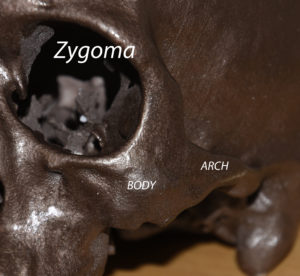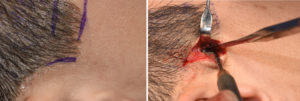Cheekbone reduction surgery is a well known double osteotomy technique for narrowing the width of the face. It uses an anterior zygomatic body bone cut combined with a release of the back end of the zygomatic arch from the temporal bone process. This then allows the cheekbone bone segment to be moved inward making the cheekbones more narrow.
While these two cheekbone osteotomy cuts are often thought of as always being done together, that is not necessarily so. The anterior cheekbone osteotomy can be done in isolation for cheek widening and is known as the zygomatic sandwich osteotomy. (ZSO) It gets this name because a graft or implant is placed between the osteotomy cut line like a sandwich to create the widening effect.
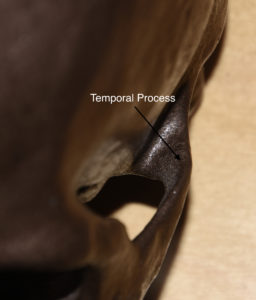
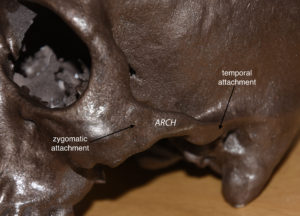

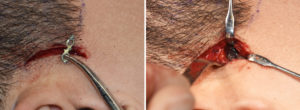
The PZO is useful as a stand alone procedure or as a secondary procedure when it remains still protrusive after a prior cheekbone reduction procedure. The effect of moving in the tail of the zygomatic. arch is enhanced if the zygomatfuc process of the temporal bone is concurrently reduced.
Dr. Barry Eppley
Indianapolis, Indiana

